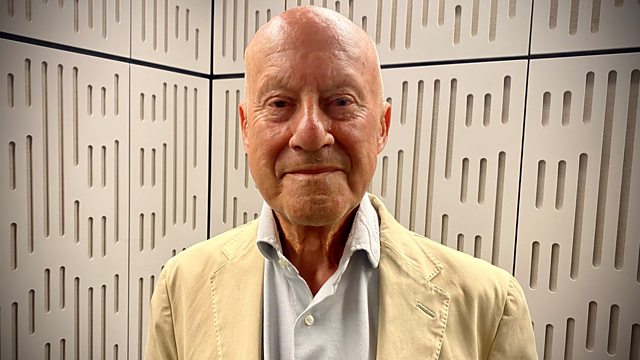Norman Foster
Norman Foster discusses the key cultural influences and experiences that led him to become one of the worldβs most important living architects.
Norman Foster discusses the key cultural influences and experiences that led him to become one of the worldβs most important living architects. Baron Foster of Thames Bank founded Foster and Partners in 1967, a practise which specialises in urban master-planning, civic, cultural, office and airport developments. His most famous designs include the Great Court of the British Museum, the Reichstag in Berlin, Millau Viaduct in France, the Apple headquarters in California, Wembley Stadium, Beijing Airport, and the London tower known as βthe Gherkinβ.
At 87 years old, and still working as executive chairman of his company, Norman Foster looks back to his working class childhood in Manchester when he first became fascinated with the built environment in the post-war years. He recalls taking two books from the local library - on the architects Frank Lloyd Wright and Le Corbusier - which helped focus his early fascination with architecture. After studying at Manchester Universityβs school of architecture, Norman Foster won a scholarship to study at Yale University in Connecticut. It was there he met Richard Rogers, with whom he became firm friends and started taking long road trip across America to seek out landmark buildings. On return to the UK, Foster and Rogers set up their first architectural practise Team Four, along with their wives Wendy Cheeseman and Su Brumwell. Foster tells This Cultural Life about his continuing fascination with the design process, after a five decade career that has seen him win the most prestigious architecture prizes, including the Pritzker, the Praemium Imperiale Award, and the RIBA Gold Medal.
Producer: Edwina Pitman
Last on
Broadcasts
- Sat 27 Aug 2022 19:15ΒιΆΉΤΌΕΔ Radio 4
- Mon 29 Aug 2022 14:15ΒιΆΉΤΌΕΔ Radio 4
Podcast
-
![]()
This Cultural Life
In-depth conversations with some of the world's leading artists and creatives.


